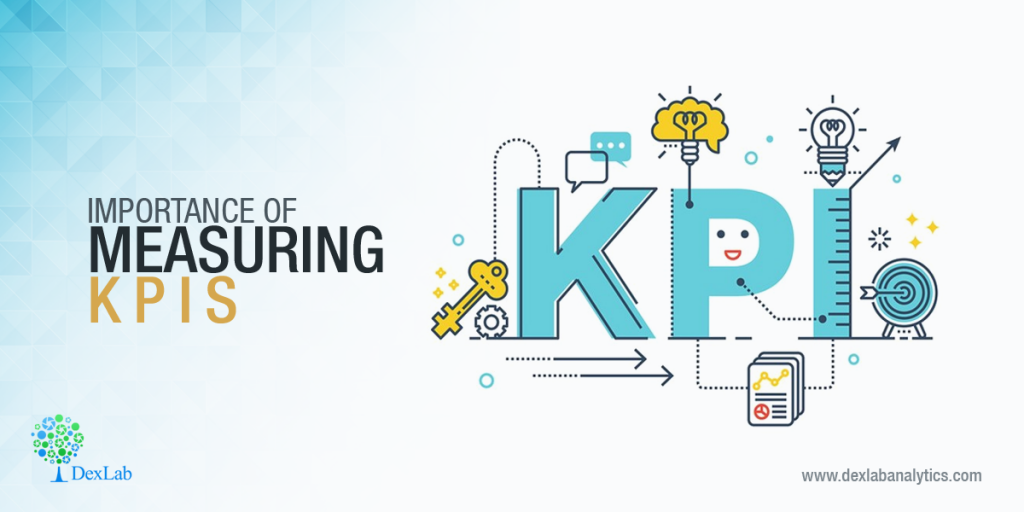As I discussed earlier, Analytics is highly quantitative in nature. In this blog, we will discuss about the importance of Key Performance Indicators and how does KPIs help in measuring the organization’s performance and analytics.
Also read: Big Data Analytics and its Impact on Manufacturing Sector
Key Performance Indicators are a business metric used to evaluate factors that are important to the success of an organization. KPIs can differ as per the business functions. It can also vary between companies and industries, depending on the priorities and the performance criteria.
If any organization wants to talk about performance measurement framework, we cannot ignore the work done by Dr Robert Kaplan and David Norton who developed a performance measurement framework that added a strategic value to the organization.
Also read: What Sets Apart Data Science from Big Data and Data Analytics
“What gets measured gets managed”
Measuring the business critical key performance indicators helps organization know where they stand in terms of market share, profitability etc. This could also lead the organization to identify where the problem lies and solve it accordingly by optimizing the key performance indicators.
Very often managers concentrate on measuring results, outputs and outcomes. Because they are easy to measure and they are accurate. If a manager wants to know how many customers have visited the shop or how many sales have been made today, he will simply count them. However, if a manager wants to increase the sales or reduce the number of customers calling the customer care, the manager has to measure the right metric to optimise the business outcomes. The combination of Lag or Lead Indicators helps to optimise the business outcomes.
Also read: How To Stop Big Data Projects From Failing?
Lead & Lag Indicators:
Let’s first discuss on Lag Indicator, lag indicators are nothing but a measurement of any metric. It can be a simple Conversion Rate for a website. Sales per Customer Visit to a retail shop. These lag indicators helps the manager know about the WHAT of performance metric. In Order to optimise any performance metric the manager has to look at the performance metric of HOW. The transition from WHAT to HOW performance metric can help manager identify the Lead Indicators. However, the lead indicators are always more difficult to identify than lag indicators. The below use cases can helps us to understand the difference between Lag and Lead Indicators.
Marketing Function:
Lag Indicator – Conversion Rate
Lead Indicator – Improve Customer targeting i.e. any metric that help you to measure
Customer Operation:
Lag Indicator – Customer Satisfaction
Lead Indicator – Satisfied and Motivated Employees
Finance:
Lag Indicator – Revenue Growth
Lead Indicator – Add a new product to the portfolio or enter new market.
It is always a good practise to understand the importance of both lag and lead indicators in the context of performance measurement. After all, a lag indicator without a lead indicator will give no indication as to HOW a result will be achieved and vice versa.
Also read: How To Stop Big Data Projects From Failing?
At DexLab Analytics, you can learn Big data courses in Gurgaon in the best way possible, at least in India. So, scroll through the Big Data Hadoop courses in Delhi, and choose one for yourself to push you career to new heights.
Interested in a career in Data Analyst?
To learn more about Data Analyst with Advanced excel course – Enrol Now.
To learn more about Data Analyst with R Course – Enrol Now.
To learn more about Big Data Course – Enrol Now.To learn more about Machine Learning Using Python and Spark – Enrol Now.
To learn more about Data Analyst with SAS Course – Enrol Now.
To learn more about Data Analyst with Apache Spark Course – Enrol Now.
To learn more about Data Analyst with Market Risk Analytics and Modelling Course – Enrol Now.
Big Data, Big Data Analytics, Big data certification, Big data courses, big data hadoop, Big data training



Comments are closed here.